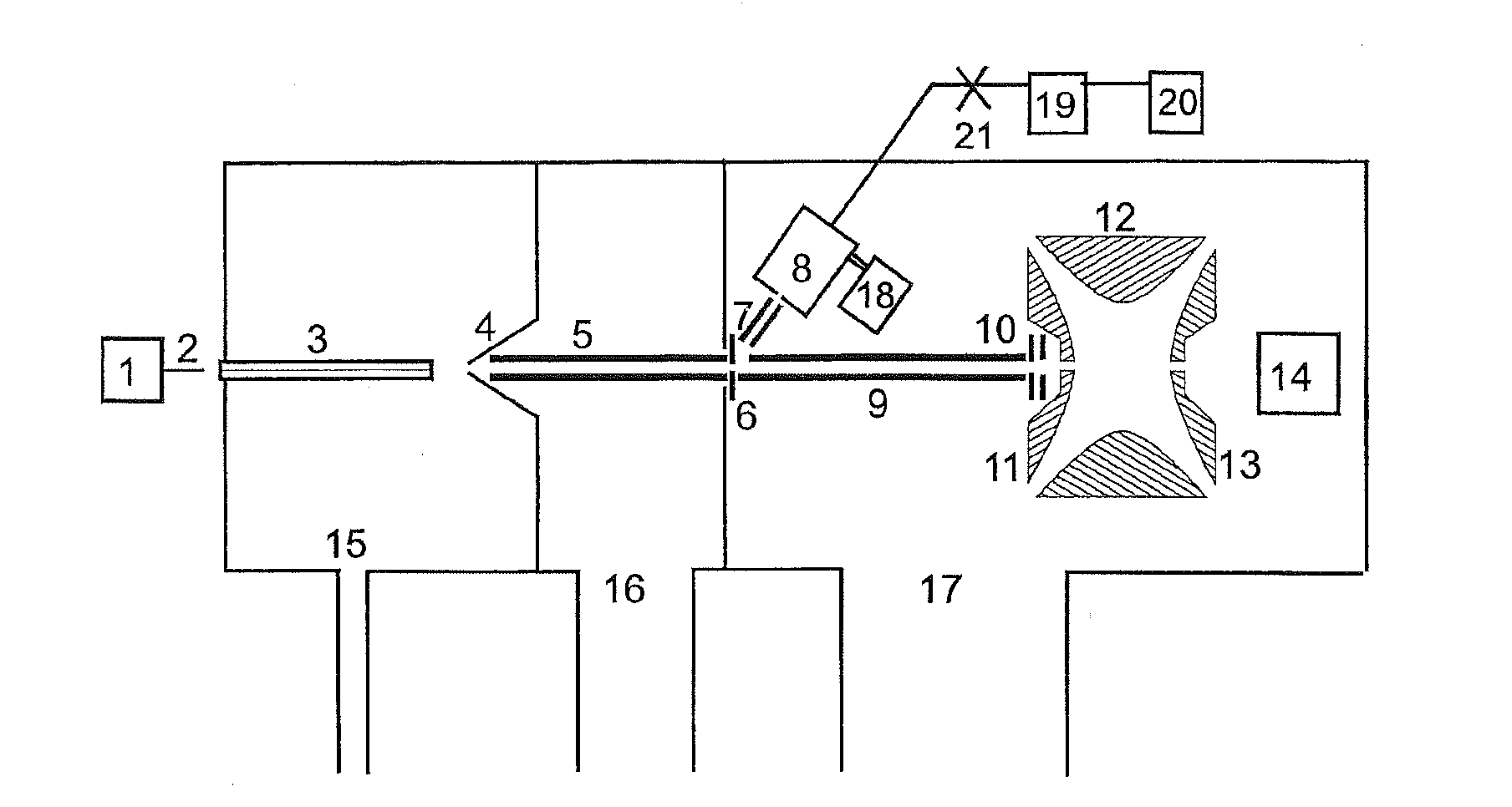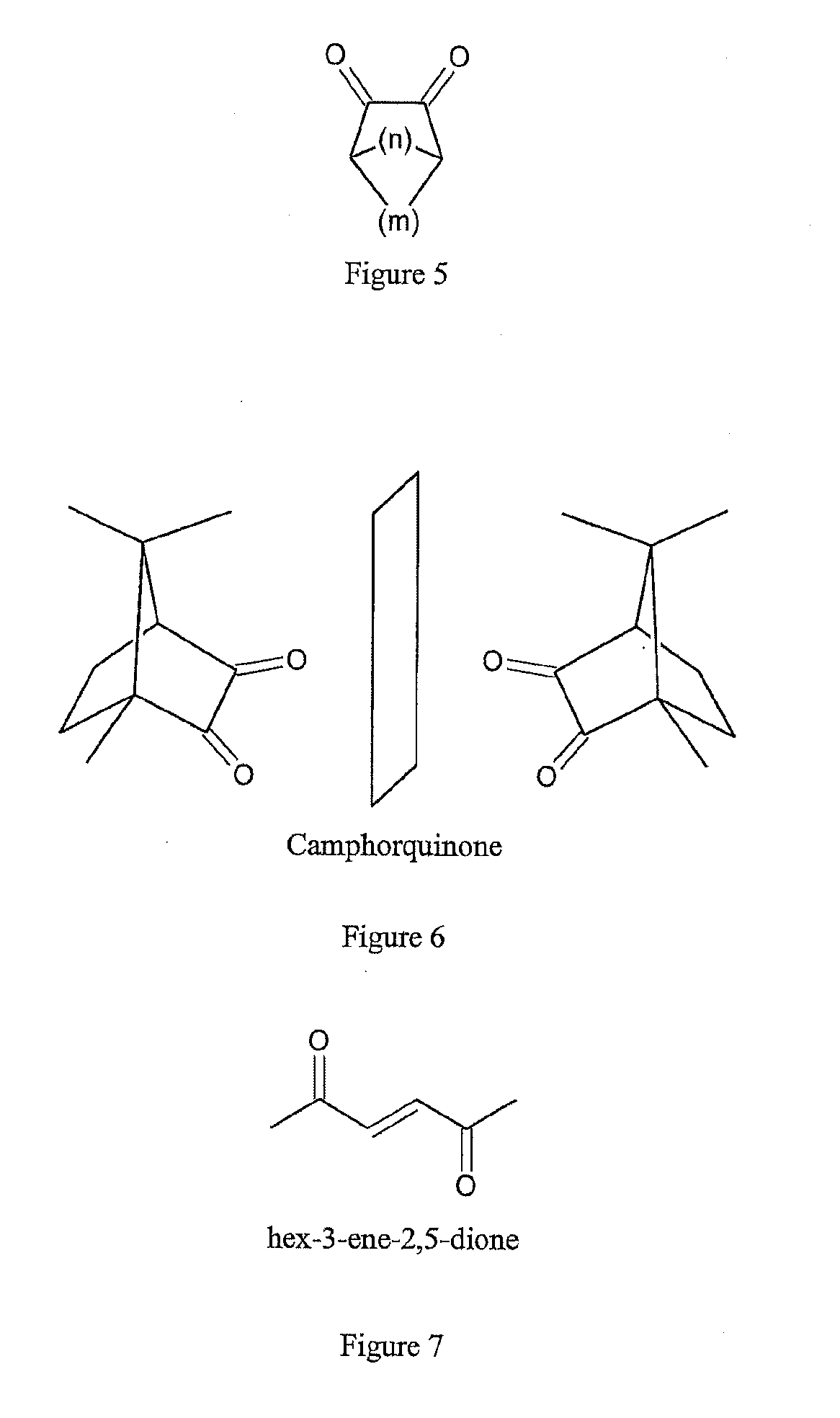Reactants for charge transfer reactions in mass spectrometers
a charge transfer and mass spectrometer technology, applied in the field of reactants for charge transfer reactions in mass spectrometers, can solve the problems of low vapor pressure, undesirable proton transfer reactions, polycyclic aromatic compounds,
- Summary
- Abstract
- Description
- Claims
- Application Information
AI Technical Summary
Benefits of technology
Problems solved by technology
Method used
Image
Examples
Embodiment Construction
[0031]The '804 Application discloses that the aromatic rings in polycyclic aromatic compounds are groups which are suitable for an electron attachment with favorable electron affinities. Due to fundamental considerations, substances with double bonds, and polyenes in particular, seem to be particularly favorable starting substances. Polyenes are organic compounds that contain two or more carbon-carbon double bonds. However, the search for aliphatic substances with double bonds which are particularly suitable for ETD has not so far been successful, apart from those substances listed in the introduction and some of the substances stated in PCT Application WO 2011 / 092515 A1.
[0032]The information on the electron affinities of organic substances that can be found in the literature is largely insufficient. It has been therefore unclear which other chemical groups within the molecules may be responsible for a favorable electron attachment. For the aliphatic compounds, it was found that the...
PUM
| Property | Measurement | Unit |
|---|---|---|
| Mass | aaaaa | aaaaa |
| Vapor pressure | aaaaa | aaaaa |
| Flow rate | aaaaa | aaaaa |
Abstract
Description
Claims
Application Information
 Login to View More
Login to View More - R&D
- Intellectual Property
- Life Sciences
- Materials
- Tech Scout
- Unparalleled Data Quality
- Higher Quality Content
- 60% Fewer Hallucinations
Browse by: Latest US Patents, China's latest patents, Technical Efficacy Thesaurus, Application Domain, Technology Topic, Popular Technical Reports.
© 2025 PatSnap. All rights reserved.Legal|Privacy policy|Modern Slavery Act Transparency Statement|Sitemap|About US| Contact US: help@patsnap.com



